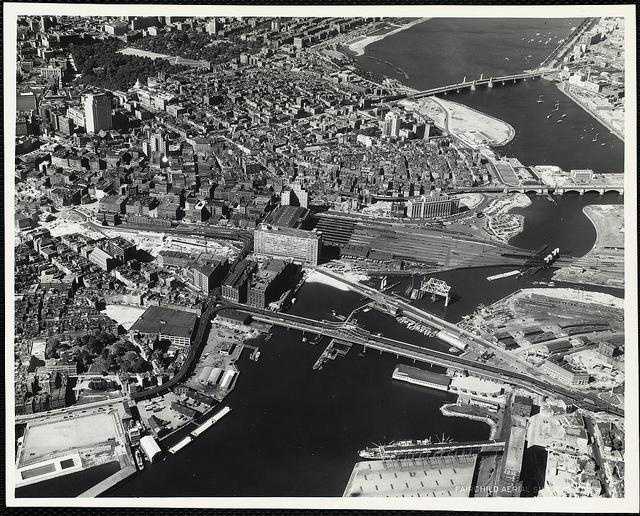

He passed out, then opened his eyes to find three of his four sisters staring at him. He heard his mother call his name and couldn't answer, his throat was so clogged with the smothering goo. Then he grounded and the molasses rolled him like a pebble as the wave diminished. A 1983 article for Smithsonian Magazine describes the events:Īnthony di Stasio, walking homeward with his sisters from the Michelangelo School, was picked up by the wave and carried, tumbling on its crest, almost as though he were surfing. On top of the people who were killed or injured, dogs and horses also got caught in the melee. Of the 21 people who perished in the incident, many of them drowned in the sticky wave.

The smell of brown sugar filled the air as bystanders found themselves stuck in the viscous flood.
BOSTON MOLASSES FLOOD CONVERSW WINDOWS
A truck was thrown into Boston Harbor, windows were smashed out, and the surrounding blocks were turned to rubble.

Date: Before : Source: Acorns and Molasses: Author.
BOSTON MOLASSES FLOOD CONVERSW FULL
An 'after' view of the disaster can be seen in this image. On January 15, 1919, a 50-foot tall tank full of industrial grade molasses ruptured, sending a 2.3 million gallon wave of molasses rushing through the crowde. The lack of electrical equipment available at the time made cleanup difficult, and it took days before officials were able to assess the full extent of the damage and determine the death toll.According to the Boston Globe, people who were closest to the explosion were picked up by the wave just like they would be in the ocean and pushed away like so much debris. English: The molasses tank in the North End of Boston, before its explosion in 1919, date unknown. The elevated railroad along Commercial Street collapsed and an alert conductor prevented an inbound train from plunging into the abyss of sugar and syrup. And when 2.3 million gallons of molasses burst from a gigantic holding tank in the city’s North End, 21 people were killed and about 150 more were left. Copp’s Hill, which is located on the far side of Commercial Street, created a natural barrier that helped contain the disaster to the waterfront neighborhood. Houses made of wood along Commercial street were reduced to kindling, while brick buildings sustained significant damage. Firemen were crushed and killed under the weight of the fire station, which was flattened within seconds by the rush of goop. In addition to the 21 killed, 150 were injured. Almost a hundred years ago, Civil Engineering Department head Charles Spofford investigated and identified the cause of one of Boston’s most sensational disasters, the Great Molasses Flood. Puleo, Stephen, 2003, Dark Tide, Beacon Press. Historical Journal of Massachusetts, 41 (2), 151-154. Dark Tide: The Great Boston Molasses Flood of 1919. The disaster caused over 100 million of damage in today’s money. Accident due to Mechanical Failure The Boston Molasses Disaster, 1919 Background: The tank was constructed in 1915 on Commercial Street, Upload to Study. But, within minutes, they realized something was very wrong. The molasses flood covered one of the densest commercial sections of Boston, with a busy port and a railway terminal. At first, many assumed it was a Boston Elevated train approaching. 15, 1919, an enormous molasses storage tank burst in Boston’s North End, and a 25-foot-high molasses flood surged through the streets at 35 miles per hour. The tank, the largest of all molasses tanks in Boston, held 2.3 million gallons of fermenting, sticky, and stinky molasses. At about 1 p.m., they heard a low rumble. On January 15, 1919, a warmer-than-usual day, the full tank exploded. Food, pigs, and barrels of beer were swept up in the wave of molasses that crashed through the streets and hardened into a solid mass by nightfall. The Great Boston Molasses Flood killed 21 people. At midday on January 15, 1919, Bostons North End was full of workers and residents venturing outdoors to enjoy unseasonably warm weather. The molasses flood leveled homes, shipping docks, warehouses, and Engine 31 of Boston’s Fire Department. 'The molasses is coming' On an unusually warm January day, a huge storage tank explodes, releasing a flood of molasses.


 0 kommentar(er)
0 kommentar(er)
